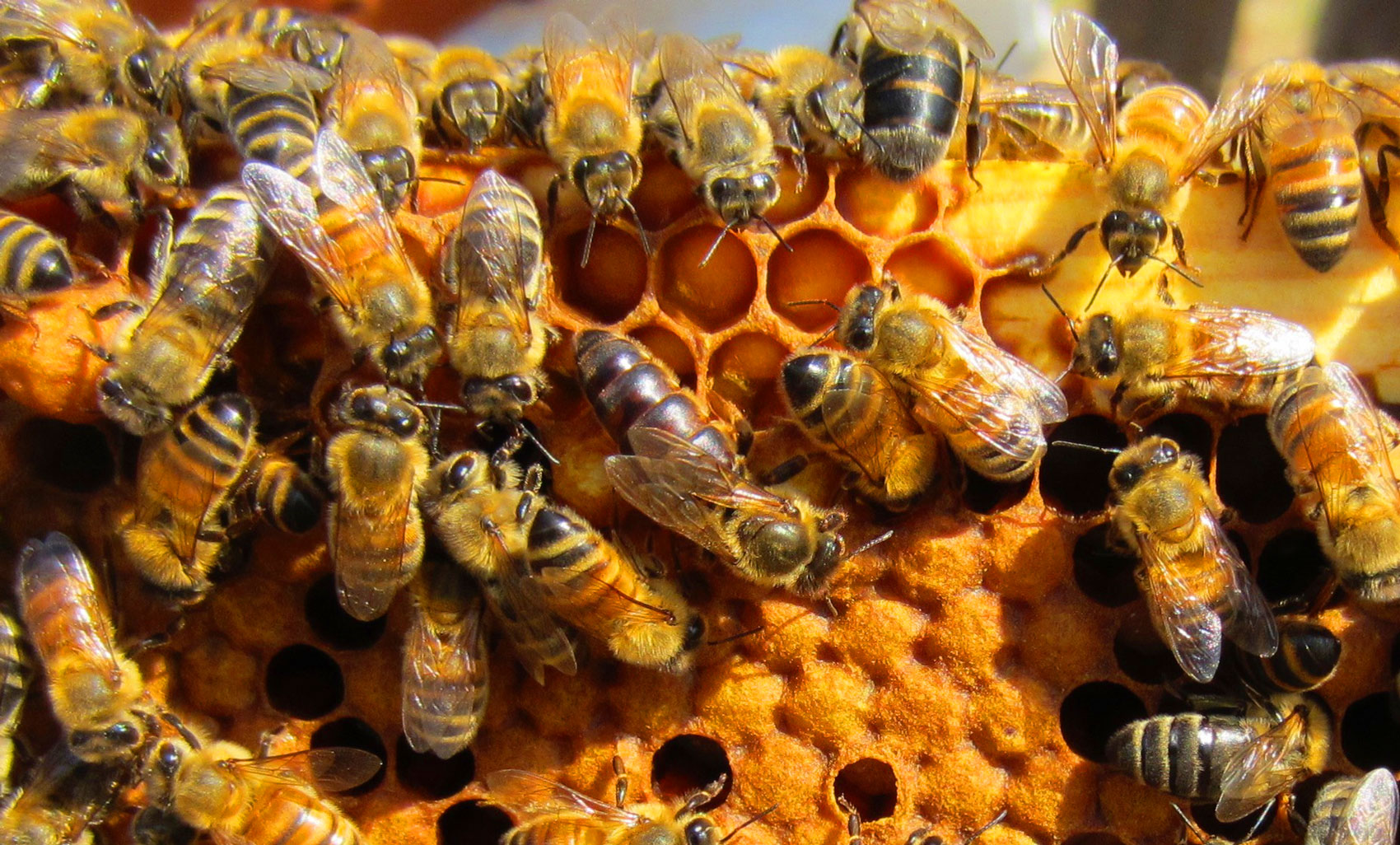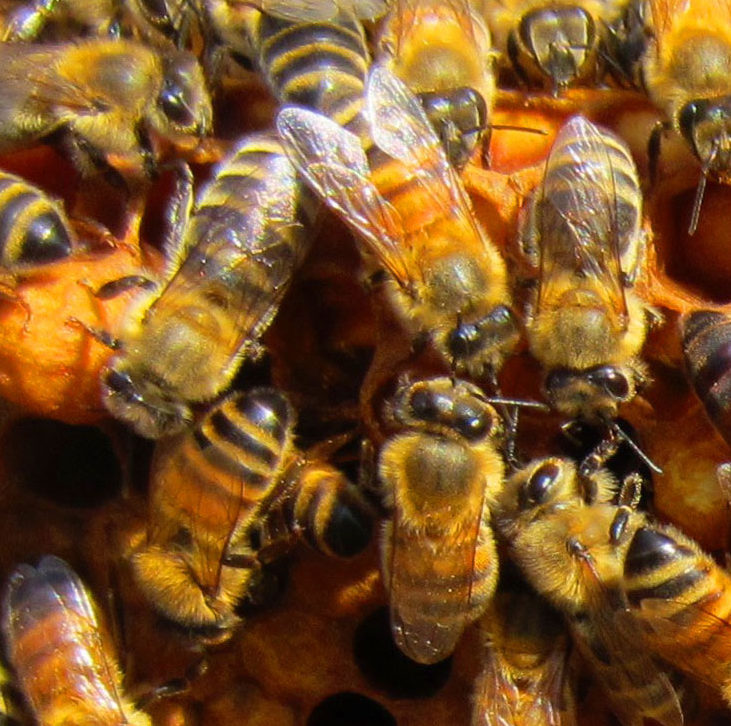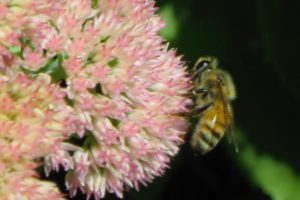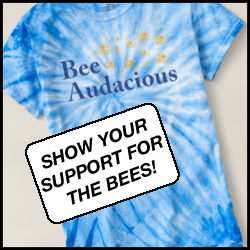The Five Habits of Highly Effective Hives
By Thomas Seeley
NOVEMBER 11, 2010
(Reposted with Thomas’ permission – we’re really looking forward to his contributions to Bee Audacious in December!)
How the hive makes its most important decision
One of the popular misconceptions about honey bees is that their lives are ruled by a queen— or perhaps by even some more fanciful system. But in the forty years that I’ve spent studying bees, I’ve learned that their colonies are remarkably complex, in many ways comparable to an animal brain, despite being individually quite simple. And every year, faced with the life-or-death problem of choosing a new home, honey bees stake everything on a process that includes collective fact-finding, vigorous debate, and consensus building. It is a democratic process that humans — especially office drones — might do well to emulate.
When a beehive becomes overpopulated, usually in the late spring or early summer, some two-thirds of the workers and the old queen, often up to 10,000 bees in total, leave home in a swarm and gather on a nearby tree branch in a beard-shaped cluster. From there, a few hundred scout bees, which are often the bees that have the most experience with the world beyond the hive, take off in all directions, searching for tree cavities. The ideal space for a new hive can be difficult to find: the opening should be small, about 10 meters off the ground, and lead to a 40-liter cavity inside a sturdy, living tree. Each scout that discovers a promising site inspects it to see if it is suitably roomy and secure, and then returns to the cluster to announce her find by performing a waggle dance. The dance indicates both the location and the quality of the site.
As the scouts report on their respective sites, other scouts observe and follow the directions to the indicated locations. (The direction of the waggle dance shows the direction of the new location relative to the angle of the sun, and the duration of each circuit of the dance indicates distance — I told you this was complicated!) Each scout inspects the site she navigated to and if she agrees that is a desirable dwelling place, she too performs a waggle dance when she returns to the swarm.
Bees are thoroughly honest advertisers. The better she judges the site, the longer she dances, and the more effective she is in recruiting other scouts to make their own forays to the spot. This means that, despite the competing information that scouts bring back to the swarm, eventually, usually over a day or two, enough scouts will agree on the best site to cause them to induce the rest of the swarm to fly there.
Even though an individual bee is not particularly intelligent, the collective intelligence of the group produces impressive results. Almost always — about 90 percent of the time in my experiments — the swarm chooses the best of the options it has found.
What we can learn from the hive

For millions of years, the scouts on honey bee swarms have faced the task of selecting proper homes. Evolution by natural selection has structured these insect search committees so that they make the best possible decisions. What works well for bee swarms can also work well for human groups. We can learn from the bees the following five guidelines for achieving a high collective IQ.
1. Remind the group’s members of their shared interests and foster mutual respect, so they work together productively. The scout bees know instinctually that their interests are aligned toward choosing the optimal home site, so they work together as a team. There are no clashing curmudgeons in a bee swarm.
2. Explore diverse solutions to the problem, to maximize the group’s likelihood of uncovering an excellent option. The scout bees search far and wide to discover a broad assortment of possible living quarters.
3. Aggregate the group’s knowledge through a frank debate. Use the power of a fair and open competition to distinguish good options from bad ones. The scout bees rely on a turbulent debate among groups supporting different options to identify a winner. Whichever group first attracts sufficient supporters wins the debate.
4. Minimize the leader’s influence on the group’s thinking. By functioning as an impartial moderator rather than a proselytizing boss, a leader enables his group to use its combined knowledge and brainpower. The scout bees have no dominating leader and so can take a broad and deep look at their options.
5. Balance interdependence (information sharing) and independence (absence of peer pressure) among the group’s members. Only if ideas are shared publicly but evaluated privately will the group be good at exploring its options and making good choices. Scout bees share freely the news of their finds, but each one makes her own, independent decision of whether or not to support a site.

Thomas Seeley, Professor of Biology, Cornell University
I’ve used these methods in running my own groups, and they can be remarkably effective at building consensus and producing good decisions. Let the bees show you that with the right organization, democratic groups can be remarkably intelligent, even smarter than the smartest individuals in them.
Thomas Seeley is a Professor of Biology in Cornell University’s Department of Neurobiology and Behavior. He’s the author of three books, most recently Honeybee Democracy.
If you enjoyed this post, you might also like the Leadership Lessons of Ants.
(originally published in the Harvard Business Review, here.)
Get your tickets – help the bees!





